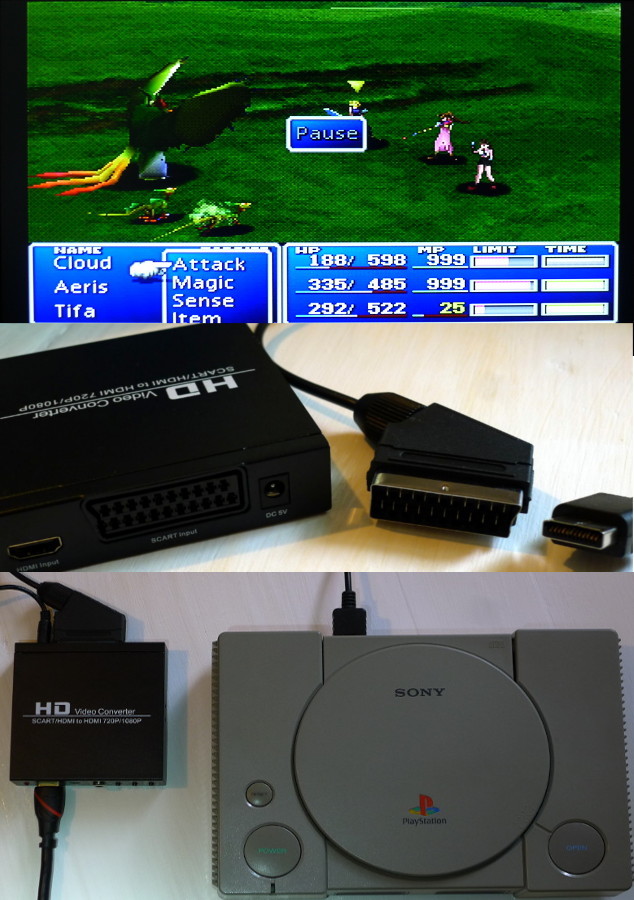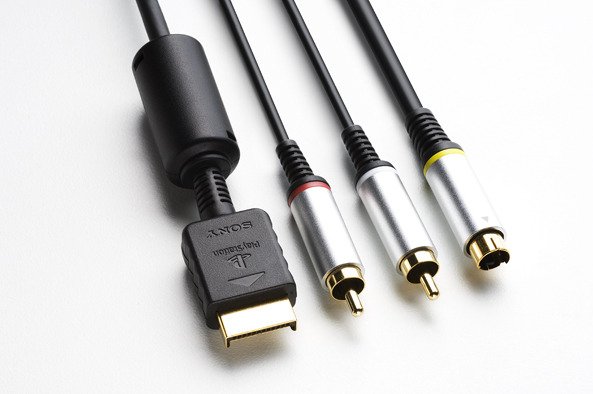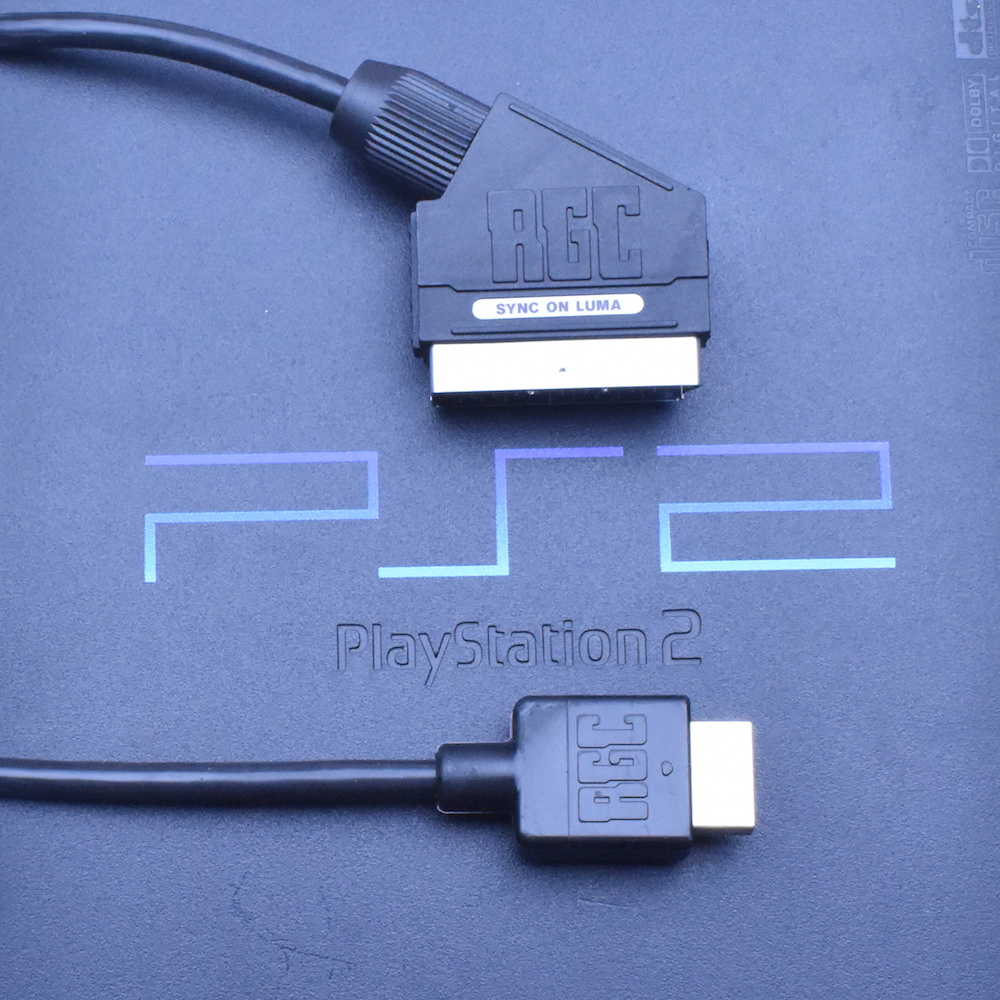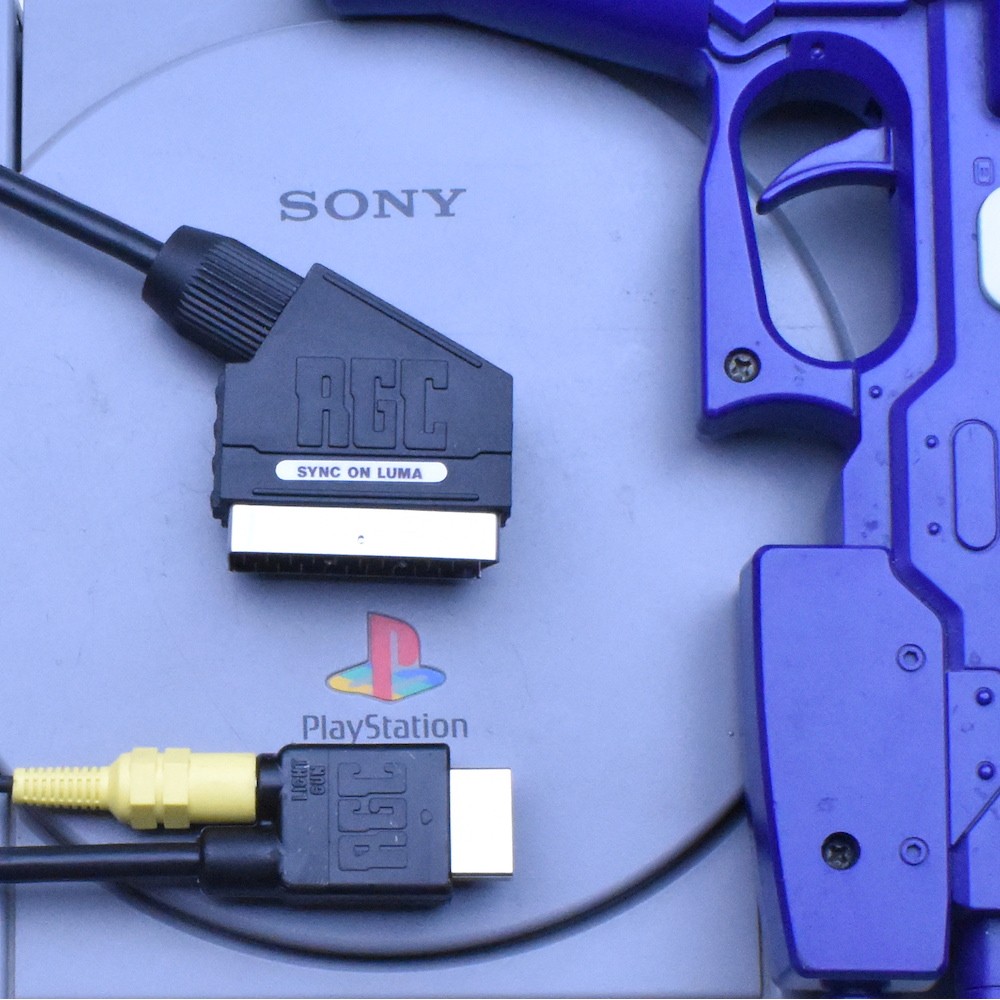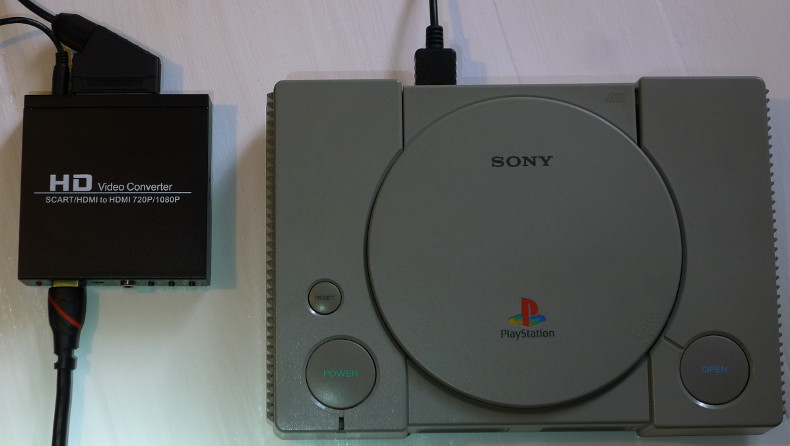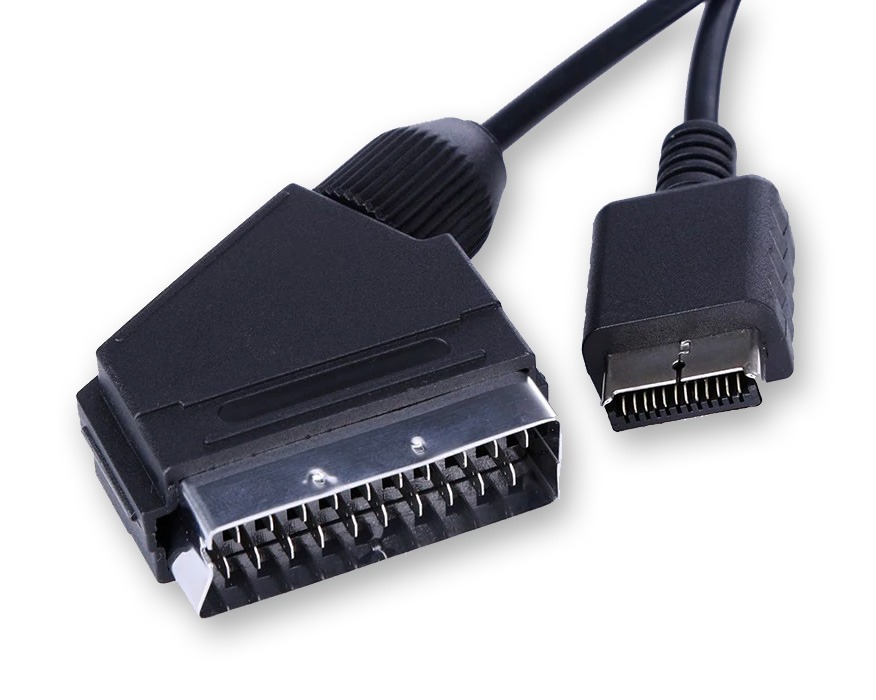
eBay: RGB SCART Cable for Super Nintendo (CSYNC) e Playstation One (Sync-on-Luma) com upgrade para Multicore Coax - Skooter Blog

1.8m RGB Scart Cable For Sony Playstation PS1 PS2 PS3 TV AV Lead Replacement Connection Game Cord Wire for PAL/NTSC Consoles|rgb scart cable| cable forcable for ps2 - AliExpress
![Review] Cabo SCART RGB Packapunch PlayStation 1 (PS1) c/ sync on luma + Guncon port 3.0m e Cabo EuroSCART totalmente blindado macho-macho 2.0m - Retro Gaming Cables - Skooter Blog Review] Cabo SCART RGB Packapunch PlayStation 1 (PS1) c/ sync on luma + Guncon port 3.0m e Cabo EuroSCART totalmente blindado macho-macho 2.0m - Retro Gaming Cables - Skooter Blog](https://i0.wp.com/www.skooterblog.com/wp-content/uploads/2019/04/IMG_2827.jpg?ssl=1)

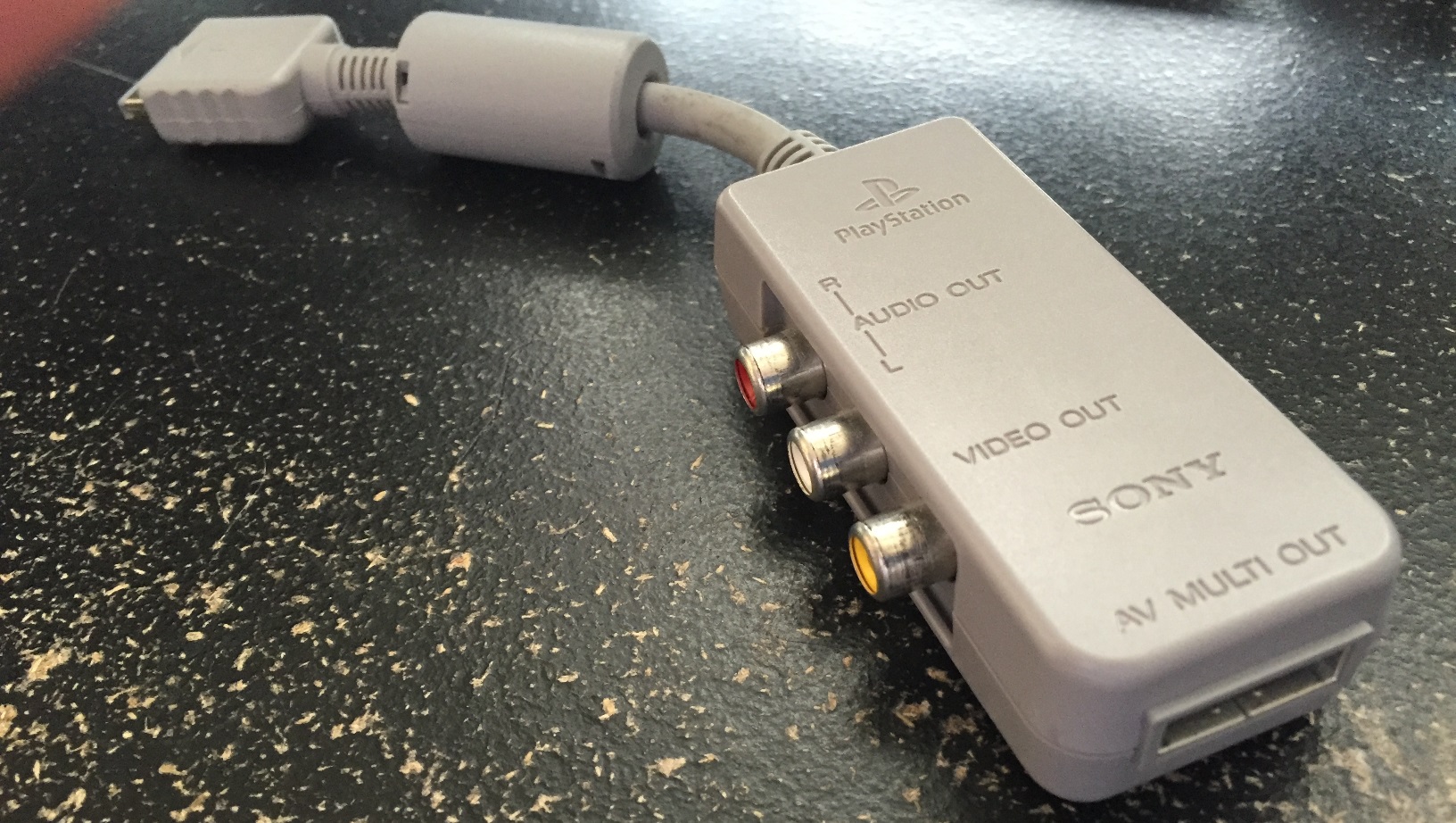

![av:playstationav [NFG Games + GameSX] av:playstationav [NFG Games + GameSX]](https://gamesx.com/wiki/lib/exe/fetch.php?media=av:ps1_rgb_unterm.jpg)



